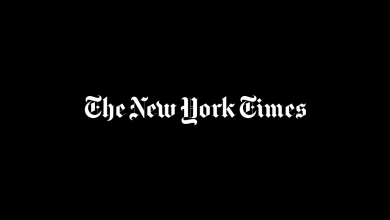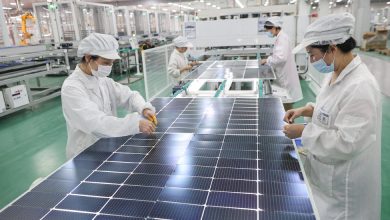The New Jobs Numbers Are Pretty Good, Actually

It’s not as bad as it looks.
That’s the most important thing to take away from Friday’s release of the September jobs report, which found that employers added 194,000 jobs last month, a far cry from the 500,000 analysts expected. The initial response among experts was to wonder whether it called for an exclamation of a mere “oof” or a more extreme “ooooooof.”
But when you peel apart the details, there is less reason to be concerned than that headline would suggest. The story of the economy in the second half of 2021 remains one of steady expansion that is more rapid than other recent recoveries. It is being held back by supply constraints and, in September at least, the emergence of the Delta variant. But the direction is clear, consistent and positive.
Much of the disappointment in payroll growth came from strange statistical quirks around school reopening. The number of jobs in state local education combined with private education fell by 180,000 in September — when the customary seasonal adjustments are applied.
There is reason to think the pandemic made those seasonal adjustments misleading. Schools reopened in September en masse, and employed 1.28 million more people (excluding seasonal adjustments) in September than in August. But a “normal” year, whatever that means anymore, would have featured an even bigger surge in employment. In other words, this might be a statistical artifact of a shrinking education sector earlier in the pandemic, not new information about what is happening this fall.
Or as the Bureau of Labor Statistics put it in its release, “Recent employment changes are challenging to interpret, as pandemic-related staffing fluctuations in public and private education have distorted the normal seasonal hiring and layoff patterns,” which is the government statistical agency equivalent of a shrug emoji.
Another detail in the report that takes some of the sting out of the weak payroll gains was news that July and August numbers were revised up by a combined 169,000 jobs, implying the economy entered the fall in a stronger place than it had seemed.
Meanwhile, the focus on the underwhelming job growth numbers has masked what should be viewed as unambiguously good news.
The unemployment rate fell to 4.8 percent, from 5.2 percent in August. It fell for good reasons, not bad — the number of people unemployed dropped by a whopping 710,000 while the number of people working rose by a robust 526,000. (These numbers are based on a survey of households, in contrast with the payroll numbers that are based on a survey of businesses; the two diverge from time to time, including this month.)
This represents a remarkably speedy recovery in the labor market — attaining sub-5 percent unemployment a mere 17 months after the end of the deepest recession in modern times. By contrast, in the aftermath of the global financial crisis, the jobless rate did not reach 4.8 percent until January 2016, six and a half years after the technical end of that recession.
Part of it is the unusual nature of a pandemic-induced recession and part of it is the highly aggressive response of fiscal policymakers to the crisis. But the result is that jobs are abundant and most people who want to work can.
And while participation in the labor force remains well below prepandemic levels and has lots of room for improvement, it is not as bad as it was in that last expansion.
In September, for example, the share of people 25 to 54 who were in the labor force — that is, either working or looking for work — was 81.7 percent. That is still well below 83.1 percent before the pandemic, but considerably better than the 81 percent achieved in January 2016, the point in the last expansion when the unemployment rate got this low.
Labor force participation remains the Achilles’ heel of this recovery. Many Americans who have dropped out of the work force — because of whatever mix of burnout, challenges with child care, or ability to live on pent-up savings or government benefits — are not yet back in action.
Notably, even as expanded unemployment insurance benefits expired in early September, there was no surge in participation in the labor force. The labor force participation rate for all adults fell by 0.1 of a percentage point, to 61.6 percent. That suggests that the end of extra-generous job benefits may not be the solution to labor shortage woes that many business groups have argued it would be.
Low rates of labor force participation and the weaker-than-expected job growth numbers are most likely two parts of the same story. Businesses want to hire and expand, and labor shortages are real. But there are fewer workers available to be hired right now than there were before the pandemic.
That makes for good opportunities for Americans who do want to work. It is reflected in higher pay — average hourly earnings in the private sector were up 4.6 percent in September from a year ago. But it is also acting as a constraint on just how fast this recovery can go.




